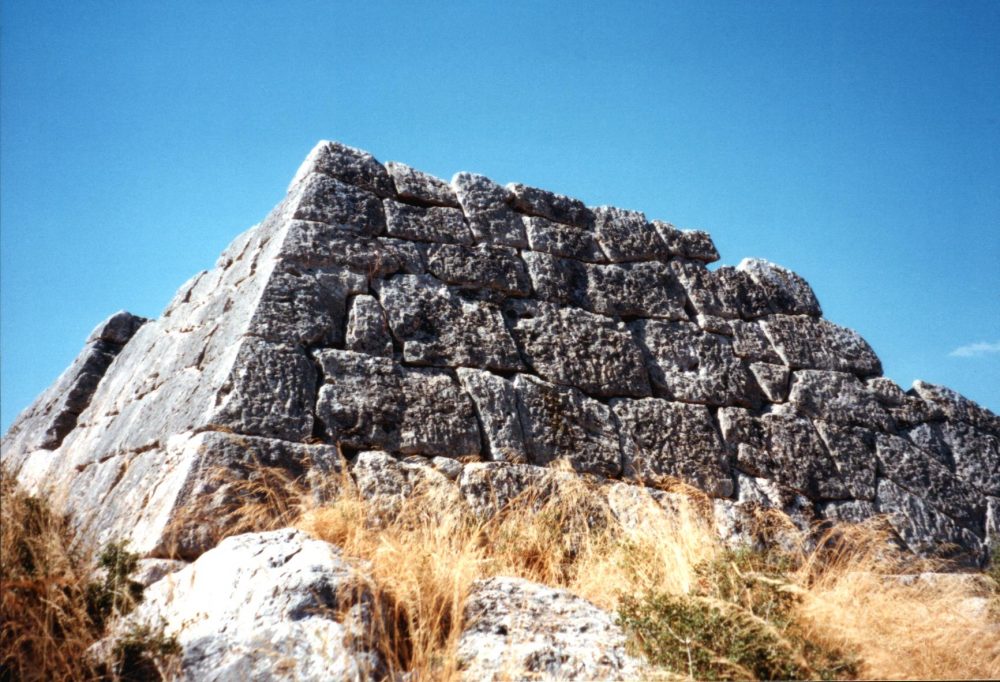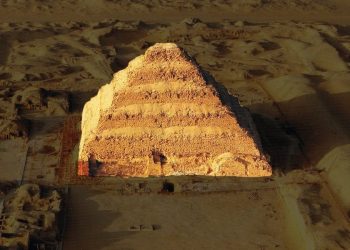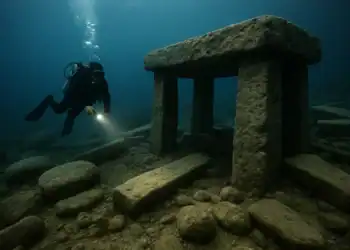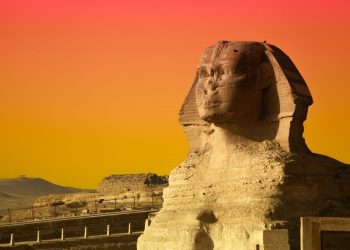It’s no secret that when people speak about pyramids, we immediately picture in our minds the Pyramids at the Giza plateau and the majestic Pyramid of Khufu.
But pyramids are not only in Egypt, and the Great Pyramid of Giza is not the largest of them all. So although Khufu’s Pyramid is a wonder of ancient engineering, there are equally stunning pyramids around the globe.
Egypt isn’t even the country with the most pyramids.
Not far from Egypt, Sudan is home to many more ancient pyramids built in the distant past.
Although not as impressive in terms of size, the pyramids of Sudan have a few secrets they’ve guarded for millennia. Unlike the Egyptian Pyramids, which supposedly served as tombs and where the Pharaohs were ‘buried’ inside the monuments, the Pyramids of Sudan have a crucial difference: the tombs of the pharaohs were placed beneath the structure instead of inside them.
In a previous article, I wrote about three lesser-known, although very important pyramids in Egypt. The article meant to explain that although we are constantly thinking about a few pyramids on Earth, many countries and Egypt have more pyramids than we’ve ever thought possible.
Pyramids are scattered across the globe. So no matter where you look, you’ll probably find pyramids.
These monuments, built thousands of years ago, are evidence of a global pyramid-building phase that took over humankind millennia ago.
For some reason, we have yet to understand, ancient civilizations erected pyramids. Pyramids of all shapes and sizes. Pyramids that curiously have been found to resemble one another in several details.
So let’s get to the point. Here are three lesser pyramids built in ancient times on Earth. (This is a small excerpt from my upcoming book on Pyramids; Pyramidomania: A World of Pyramids.)
Brazilian Pyramids
The oldest pyramids on the surface of the planet are thought to be located in Brazil.
Although the exact age of different pyramids around the world is debated, it is usually agreed that some of the oldest pyramids on Earth were built in South America thousands of years ago.
But the Brazilian Pyramids are not your typical structures. And if you think that these pyramids resemble the imposing structures built in Egypt or Mexico thousands of years ago, you’d be disappointed.
There are not as impressive as the aforementioned structures, but their historical value is of great importance.
Although different in composition, design, and construction, the pyramids of Brazil had a similar function as other pyramids around the globe: they were built for religious worship.
Although the Egyptian pyramids were built of stone, a lot of stone, the pyramids in Brazil were constructed using endurable seashells.
Just as their Central American counterparts, the Brazilian pyramids were built featuring a sort of structure or temple on their summit.
The difference is, the Pyramids of Brazil are thousands of years older than the monuments from Central America.
In fact, it has been reported that one of the largest, and oldest surviving examples of Brazilian pyramids can be found in Santa Catarina Brazil. The pyramid covers around 25 acres and has a height of around 30 meters. Initially, the pyramid is thought to have stood around 50 meters.
As noted by the Independent in an article published in 1996, “archaeologists estimate that originally there were around a thousand Brazilian pyramids – some apparently 5,000 years old, others less ancient – of which fewer than 10 percent survive in various states of preservation.”
The fact that there were pyramids in Brazil more than 5,000 years ago suggests that Brazilian natives were much more sophisticated than what experts initially thought.
Greek Pyramids
Yes. Greek has Pyramids. And it shouldn’t come as a surprise. After all, Greece is home to one of the first advanced civilizations in Europe and is rightfully considered the birthplace of Western Civilization.
In the plain of Argolid, there are a number of structures that are usually referred to as the Greek pyramids, although locally they are known as the Pyramids of Argolis.
The best-known of all is the so-called Pyramid of Hellinikon. In the time of the geographer Pausanias, it was considered to be a tomb. However, more recent studies have suggested a number of possible uses.
The area is thought to have been home to another two pyramids, which have regrettably been lost to history.
On the way from Argos to Epidauria there is on the right a building made very like a pyramid, and on it in relief are wrought shields of the Argive shape. Here took place a fight for the throne between Proetus and Acrisius; the contest, they say, ended in a draw, and a reconciliation resulted afterwards, as neither could gain a decisive victory. The story is that they and their hosts were armed with shields, which were first used in this battle. For those that fell on either side was built here a common tomb, as they were fellow citizens and kinsmen. —Description of Greece, Pausanias.
In addition to the pyramid at Hellinikon, there is a pyramid-like structure at Ligourio, a small Greek village near the ancient theater of Epidaurus.

The exact age of the structures is debated.
The Pyramid of Hellinikon measures 7.03 meters by 9.07 meters. The external walls rise at a 60-degree angle up to 3.5 meters. The structure is heavily damaged. The entire pyramid was built using grey limestone.
Theodore Wiegand was one of the first researchers to excavate the pyramid.
In 1937, excavations were made by the American School of Archaeology. The study’s leading researcher, Louis E. Lord, concluded that the pyramid was not a tomb but a guarding tower. Lord concluded that:
“Both structures were guard houses capable of accommodating a small garrison who could control the countryside and be safe behind their walls from surprise attacks by a few persons.”
Pyramids of Peru
Even before ancient Egypt’s Great Pyramid of Giza was built, an ancient civilization in present-day Peru erected massive Pyramids.
Some 200 kilometers north of Lima are the ruins of Caral, the most ancient city of the Americas, and a UNESCO World Heritage Site since 2009. The site was re-discovered in 1948 but received little attention back then.
Eventually, excavations revealed that Caral was inhabited between the 26th and 20th centuries BC, covering an area of more than 150 acres. Studies have revealed that the city’s urban center was home to massive plazas and residential buildings.

It was revealed that Caral was a thriving regional metropolis just about the same time the Egyptians were finishing the Great Pyramid of Giza. Caral was home to monumental architecture, and evidence of that are their six pyramids.
The site and its culture are so important that experts argue that Caral may hold many of the answers about the origin of other Andean Civilizations and the very first cities they built. The city and surrounding areas are believed to have been home to around 20,000 people.
Like other pyramids in history, the Caral pyramids are believed to have religious significance.
Of Caral’s six total pyramids, the largest one is the — Piramide Mayor — which measures about 450 by 500 feet and is more than 60 feet in height. The exact age of the construction of the pyramid is unknown.
Join the discussion and participate in awesome giveaways in our mobile Telegram group. Join Curiosmos on Telegram Today. t.me/Curiosmos











